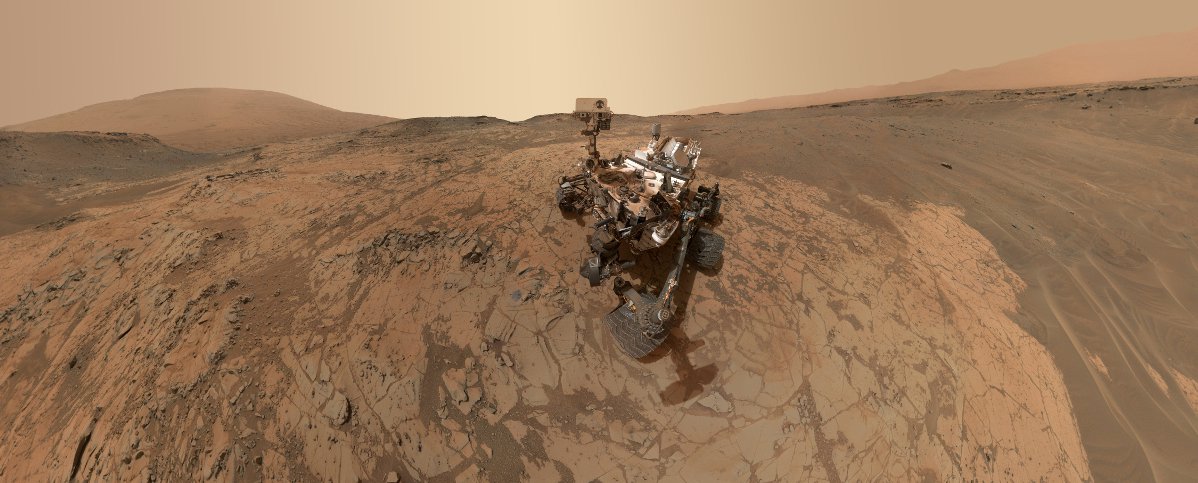
Source: [astrobio.net]
Is the Red Planet giving off methane?
The question has taunted scientists for nearly 50 years, ever since the Mariner 7 spacecraft detected a whiff of the gas near Mars’ south pole. Researchers retracted the finding a month later after realizing that the signal was in fact coming from carbon dioxide ice.
Then in 2003 and 2004, earthbound telescopes and orbiting spacecraft rekindled the mystery with reports of large methane clouds in Mars’ atmosphere. Most of Earth’s methane comes from living organisms, though a small fraction can form when rocks and hot water interact. A burp of methane on Mars would indicate that the planet might be more alive than previously thought—whether biologically or geologically. But the “plumes” mysteriously vanished a few years later, sparking intense debate over whether they might have been seasonal, or the results of flawed measurements.
NASA’s Curiosity rover would resolve the matter, everyone hoped. The rover sampled Mars’ atmosphere six times for methane between October 2012 and June 2013—and detected none. But the case for Martian methane remained far from settled. A few months later, Curiosity detected a sudden burst of the gas in four measurements over a period of two months.
Working hard to rule out potential anomalies and monitor the evolution of the burst over time, the Curiosity team waited an entire year before announcing the new results at a meeting of the American Geophysical Union in December 2014. A paper was published in the journal Science in January 2015. Whether microbes hid below the Martian surface or geology was at play, the Red Planet could well be alive in some way after all.
And yet, a researcher remains skeptical. Kevin Zahnle, a scientist at NASA Ames Researcher Center who was not involved with the discovery, voiced his concerns last month in a seminar hosted by the NASA Astrobiology Institute’s Virtual Planetary Lab.

NASA’s Curiosity rover is among those machines that have discovered signs of ancient water on Mars. Credit: NASA/JPL-Caltech/Univ. of Arizona
